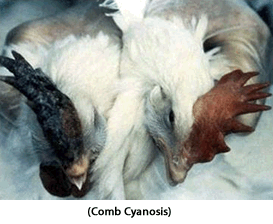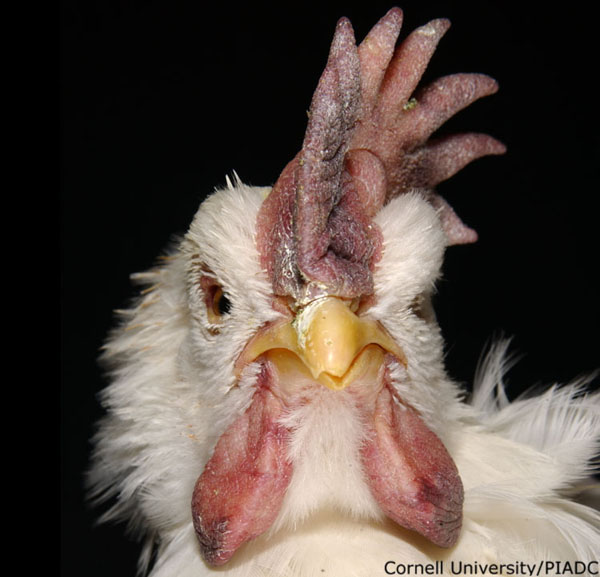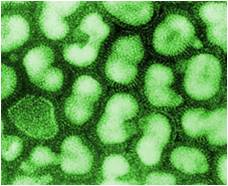Section 1. Avian Influenza Facts
| Site: | Extension Foundation Online Campus |
| Course: | Avian Influenza Biosecurity for Youth and 4-H Members |
| Book: | Section 1. Avian Influenza Facts |
| Printed by: | Guest user |
| Date: | Tuesday, December 2, 2025, 9:12 PM |
Learning Objective
At the end of this first section, we hope that you understand the basics of the avian influenza virus and signs of infection.
We also hope that you learn and understand some facts about "Bird Flu" and its effects around the world.
What is Avian Influenza?

Influenza, or flu, is a type of virus that causes disease in many different animals and people. A virus is a tiny germ that replicates, or copies itself, inside living cells.
|
|
Who Gets Avian Influenza?
|
Avian Influenza Hosts
 Figure Credit: Dr. Daniel Perez
|
Avian Influenza Transmission

|
How do birds get avian influenza?
|
Virus Characteristics
Subtypes: Subtypes are identified in a lab based on two proteins found on the outside of the virus virus called hemagglutinin (H) and neuraminidase (N).
Birds can carry 144 possible combinations of influenza A subtypes. One very commonly occurring subtype is H5N1. |
|
Adapted from CDC Image Library: Dan Higgins
|
Categories:
AI is classified into two categories, Low Pathogenic Avian Influenza (LPAI) and Highly Pathogenic Avian Influenza (HPAI) based on how sick the bird looks.
- LPAI - Is the most common form of AI. Signs of disease range from none ,to ruffled feathers and a decrease in egg production. Subtypes LPAI H5 and H7 are carefully watched since these virus subtypes can mutate into a high pathogenic form.
- HPAI - Is less common, but spreads rapidly in poultry flocks, causing severe illness, and can kill 90 - 100% of infected birds within 48 hours of exposure.
Signs of AI in Birds
Once a bird is infected, it usually takes 1-10 days before signs appear. That infected bird can spread the virus for up to 21 days to other birds. The best way to prevent the spread of disease is to know the signs of avian influenza and to respond quickly. 3
Birds may have a variety of different signs:
|
Comb Discoloration  USDA Swollen Wattles  |
These signs are similar to other poultry diseases, such as Exotic Newcastle Disease. Contact your local 4-H, county extension agent, or local/state veterinarian for immediate assistance if you observe signs of disease in your birds.
Virus Survival

|
| CDC Photo Library: Erskine Palmer |
Avian influenza virus can survive outside of a host for long periods of time.19
- The virus can live for up to one month in a poultry house setting at 40ºF.
- AI virus has also been found to survive in lakes (where waterfowl usually gather) for over 30 days at freezing temperatures.
It is important to practice proper decontamination and disposal of litter, manure, and other wastes as the virus can linger on surfaces and in water.

